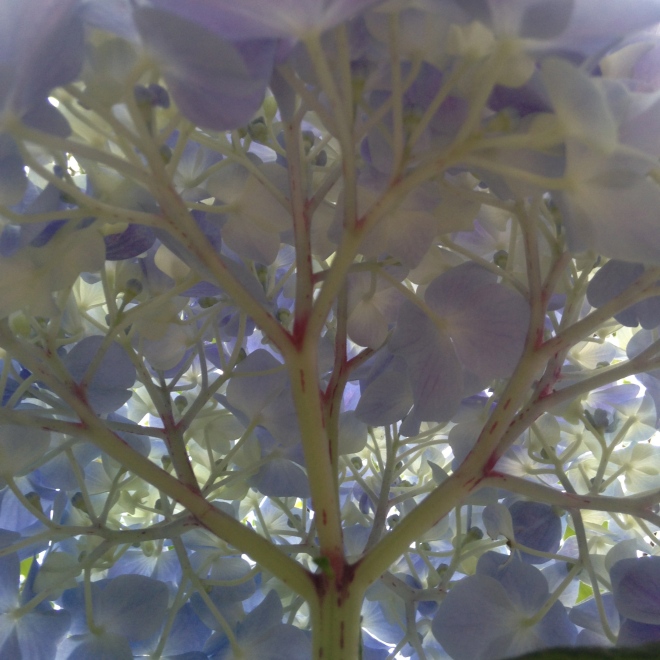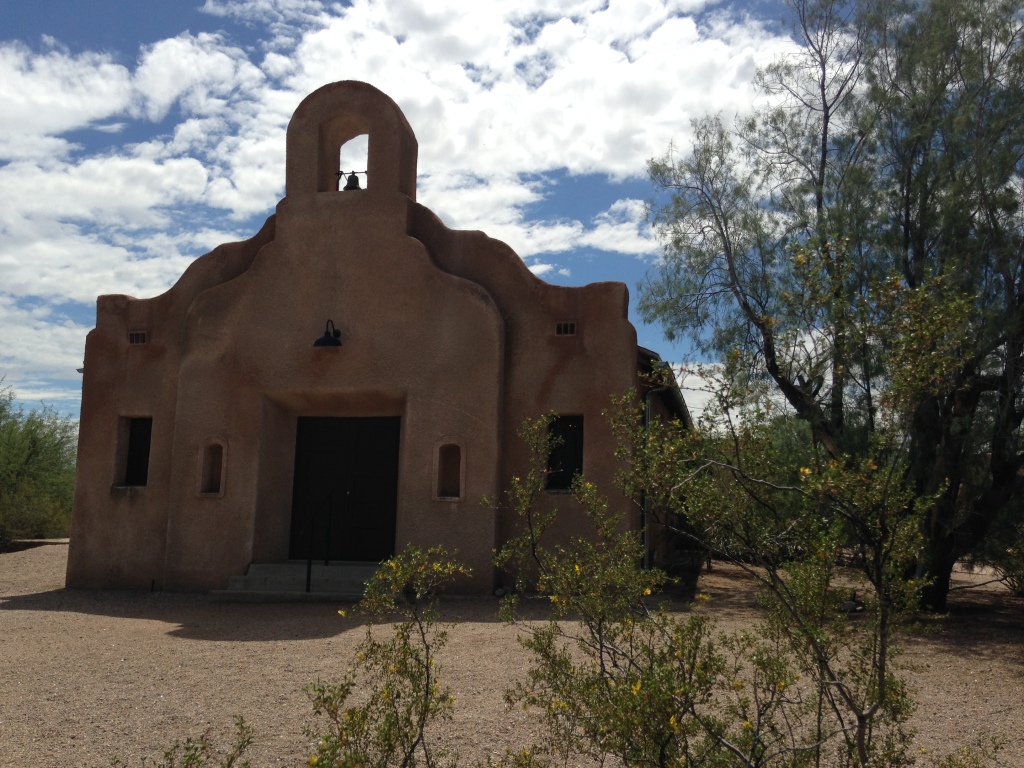Joining our Sorrows
It’s been a long stretch of time since I last posted on this site. I’m still here in Tucson, doing the work of supporting individuals and families in times of loss, grief and ceremony. I companion folks as a fellow human tenderized by life and death, not an expert in anything. Sometimes I plain listen people into hearing themselves. Sometimes we co-create ritual or ceremony to mark milestones and acknowledge loved ones in public space as it feels safe and comfortable for them. Throughout the past few years, I’ve become more drawn to ‘tending grief’ for people both anticipating dying and mourning a death or multiple deaths. (As is sadly so often is the case during the pandemic.) I find myself bearing witness to the humility and rawness of sorrow, how it threads itself through our lives. I find myself being more closely in touch with my own sorrow, too. It feels as expansive as vast wilderness some days, much like this photo I took while traveling in Argentina.

I recently came across a passage in the book by poet Ross Gay called “The Book of Delights” and realized I needed to share it here. As I help people join together to mourn and grieve through ritual or ceremony after times of isolation during the pandemic, it feels like there is a deeper meaning or undercurrent happening compared to before. There is a kind of necessary joining to work through sorrow into joy with community and then maybe back and forth individually, as we do our personal remembering. For example, I can hear the anxiety in peoples’ voices as a memorial draws near and then the dissipation of anxiety as it melts into joy while a ceremony occurs. So naturally, this passage spoke to me about the depths of what happens when we join our sorrow:
“Among the most beautiful things I’ve ever heard anyone say came from my student Bethany, talking about her pedagogical aspirations or ethos, how she wanted to be as a teacher, and what she wanted her classrooms to be: “What if we joined our wildernesses together?” Sit with that for a minute. That the body, the life, might carry a wilderness, an unexplored territory, and that yours and mine might somewhere, somehow, meet. Might, even, join.
And what if the wilderness – perhaps the densest wild in there – thickets, bogs, swamps, uncrossable ravines, and rivers (have I made the metaphor clear?) – is our sorrow? Or to use Smith’s term, the “intolerable.” It astonishes me sometimes – no, often – how every person I get to know – everyone, regardless of everything, by which I mean everything – lives with some profound personal sorrow. Brother addicted. Mother murdered. Dad died in surgery. Rejected by their family. Cancer came back. Evicted. Fetus not okay. Everyone, regardless, always, of everything. Not to mention the existential sorrow we all might be afflicted with, which is that we, and what we love, will soon be annihilated. Which sounds more dramatic than it might. Let me just say dead. Is this, sorrow, of which our impending being no more might be the foundation, the great wilderness?
Is sorrow the true wild?
And if it is – and if we join them – your wild to mine – what’s that?
For joining too, is a kind of annihilation.
What if we joined our sorrows, I’m saying.
I’m saying: what if that is joy?”
I do think Ross’s question is one of the best I’ve come across: “Is sorrow the true wild?” I believe it could be. And yes, joining them does bring a kind of joy that may be ephemeral at best, although from what I experience and witness: healing and completely freeing and true.

















